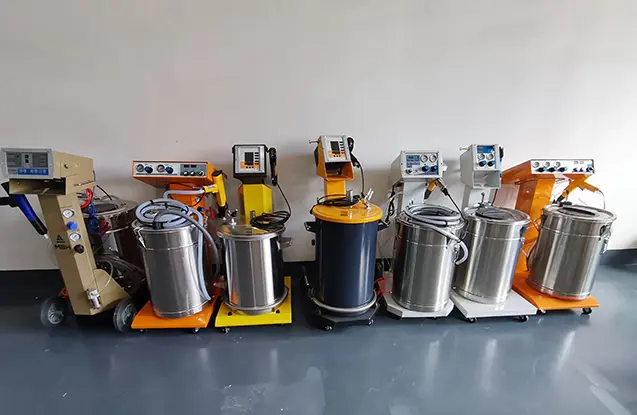Facility management (FM) is the unsung hero of the working world. It’s the infrastructure behind the scenes that ensures our physical work environments operate smoothly. Yet, it’s an industry plagued by misconceptions and underappreciation, and to its own detriment, it often falls short in the delicate balance that is its core mandate: that of stewarding physical spaces while serving the human element within them.
In my tenure within the FM field, I’ve encountered numerous recurring challenges that, when dissected, reveal broader systemic issues hampering its potential. In this piece, I’ll explore common frustrations within the industry and propose nuanced solutions that could redefine the workplace experience.
Misalignment of Strategic Objectives
Facility managers are often bogged down by day-to-day operational firefighting, relegating strategic planning to the backburner. This is not due to a lack of foresight or skill; it stems from a deep-seated organizational misalignment where FM is viewed as an ancillary service rather than an integral part of the business strategy.
To rectify this, it’s imperative that C-suite leaders recognize the strategic value of facility management. By integrating FM into high-level discussions and decisions, it can effectively contribute to improving operational efficiency, sustainability, and overall employee well-being.

Shortcomings in Technological Integration
Despite significant advancements in technology, the FM industry lags behind in effective integration, leading to missed opportunities in resource optimization.
A key solution to this lies in proactive approach – the continuous scouting of emerging technologies and a robust change management system, ensuring seamless integration and the cultivation of tech-savvy teams. Development and implementation of software for space management, energy efficiency, and predictive maintenance can be pivotal in transforming FM from a cost center into a strategic asset.
The Perpetual Maintenance Rut
The reactivity embedded within the FM’s DNA is both a testament to its resilience and a barrier to its advancement. Maintenance, often approached through a ‘putting out fires’ mentality, results in an unsustainable cycle of crises management rather than preventive stewardship of assets.
To break free, FM should adopt a predictive and preventive approach, leveraging historical data and technological tools to anticipate and address issues before they escalate. This shift not only saves on costs but also improves the workplace experience, highlighting FM’s capability to adapt, evolve, and innovate.
Navigating the Talent Conundrum
Facility managers must wear multiple hats, yet they’re often limited by a lack of specialized skills within their teams. The diverse nature of FM demands a holistic and multi-faceted skill set that is not always readily available.
A remedy is the strategic deployment of hybrid roles, cross-training, and continuous professional development. By nurturing a workforce that is both specialized in core areas and versatile in others, FMs can ensure a more agile, innovative, and resilient team capable of tackling the myriad demands of a multifaceted environment.
Confronting Fragmentation in Stakeholder Engagement
FM’s efficacy is deeply intertwined with the satisfaction of its varied stakeholders – from the occupants of the space to the vendors that service it. Yet, the lack of a unified approach to stakeholder management often results in a disjointed service experience.
To mend this, FM must be a master of interpersonal relationships, fostering open lines of communication, and implementing transparent systems that prioritize feedback and collaboration. Instituting stakeholder committees and regular forums that allow for cross-organizational dialogue can be instrumental in creating a more harmonious and effective service delivery mechanism.
Redefining Success Through Data-Driven Decisions
The traditional benchmarks of FM success – such as cost savings and complaint resolution times – fall short in capturing the true impact of facility management. Moving forward, a transition to more comprehensive, data-driven KPIs is essential to demonstrating and enhancing the value of FM.
This shift necessitates investment in data analytics and reporting tools that paint a panoramic picture of how facility management impacts productivity, employee retention, and innovation. By aligning KPIs with broader business objectives, FM can carve out a more convincing narrative of its worth.
Harmonizing Automation with the Human Touch
Automation in FM has tremendous potential to streamline operations and reduce human error. Yet, there lies a delicate balance in ensuring that technology complements, rather than replaces, the vital human element in the facility management ecosystem.
The solution here is not to fear automation, but to leverage it in ways that empower the FM workforce. Training programs that focus on tech proficiency and soft skills can equip staff to handle more complex and fulfilling tasks while leaving the repetitive, menial work to machines. This, in turn, could lead to an enhanced human experience within the workplace.
In concluding, the world of facility management is at a crossroads, poised between antiquated practices and a future rife with potential. By adopting a more strategic, technologically-savvy, and human-cantered approach, FMs can overcome the challenges outlined and redefine their role as catalysts of innovative, efficient, and people-centric work environments. The time has come for the industry to assert its indispensable role in the larger tapestry of modern organizational success. The pieces are laid out; it is now up to facility management to solve the puzzle.





